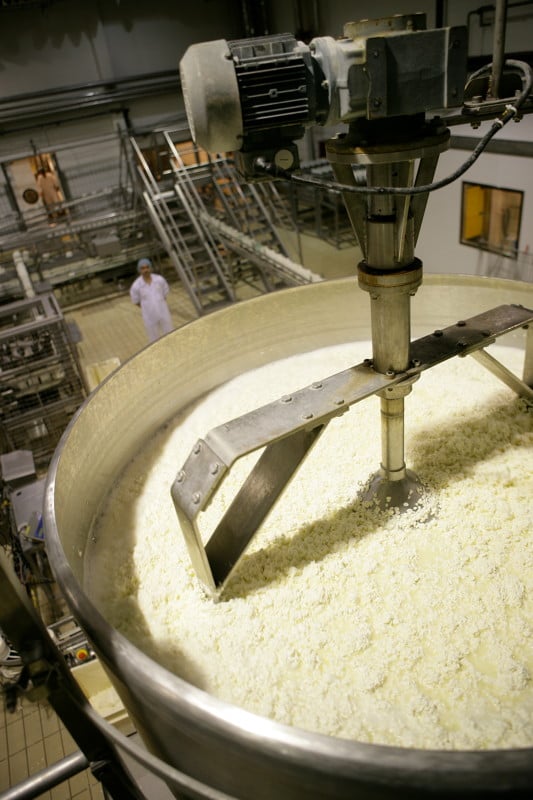There are 8 different cheese families and today we are going to tell you about fresh cheese!
FRESH CHEESE

Production
Producing fresh cheese is the least complicated, even if it the process gradually becomes more sophisticated to convey the different varieties of cheese and their accentuated textures and flavours. Cheese manufacturing consists of two stages: curdling and drainage.
Then, depending on the final purpose, the drained curd is lightly refrigerated, salted or flavoured, at a later stage has cream or other ingredients added (sugar, fruits et al). The cheese is then packaged and stored in a cold room.
Cheese may be prepared from cow, goat or sheep’s milk, or a combination of all. The milk can be totally or partially skimmed, whole milk or cream enriched (Petits-Suisse).

Photo credit: Jenny Downing
Uses
White cheese does not undergo any ripening and therefore preserves its white colour and mild flavour which is almost tangy. Fresh cheese can also used in cooking. Often it is consumed with minced onions, aromatics, herbs, garlic (Bush, Corsican Brocciu) or as a dessert with sugar, fresh cream, honey or fruits. In cooking, fresh cheese can be used to complement and accentuate certain flavours.

Types of Fresh Cheese
- Feta
- Queso Fresco
- Cotija
- Mozzarella
- Oaxaca
- Panela
- Halloumi
- Paneer
- Farmer’s cheese
- Queso Blanco
- Crème fraîche
- Fromage blanc
- Ricotta
- Mascarpone
- Cottage cheese
- Quark
- Pot cheese
- Fresh goat cheese (chevre)

Everyday we are going to talk about a new cheese family, giving you information about its history, production process and its optimal food pairing.
Join the community of cheese lovers in Hong Kong and like our Facebook page: Cheese of Europe Hong Kong.

